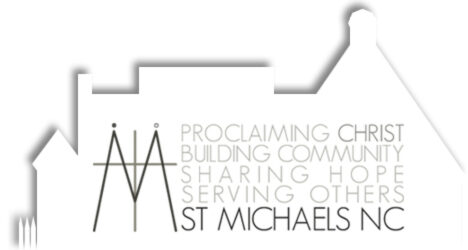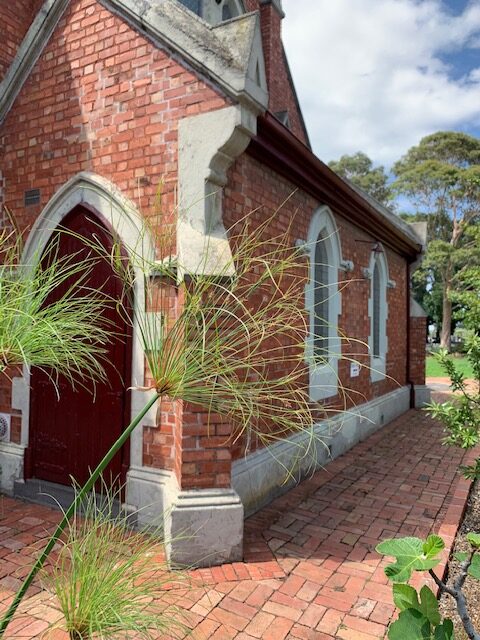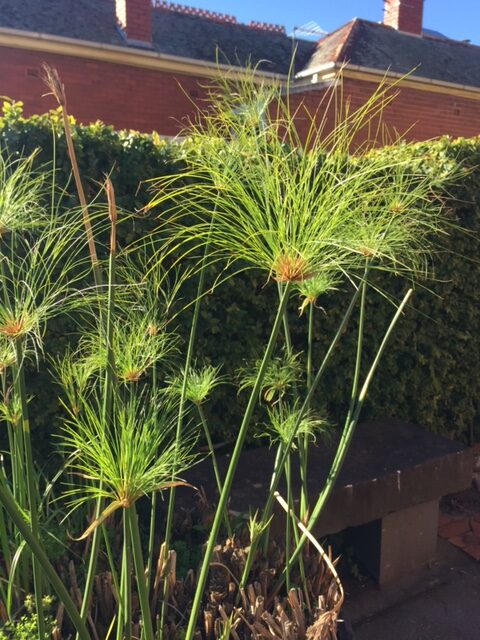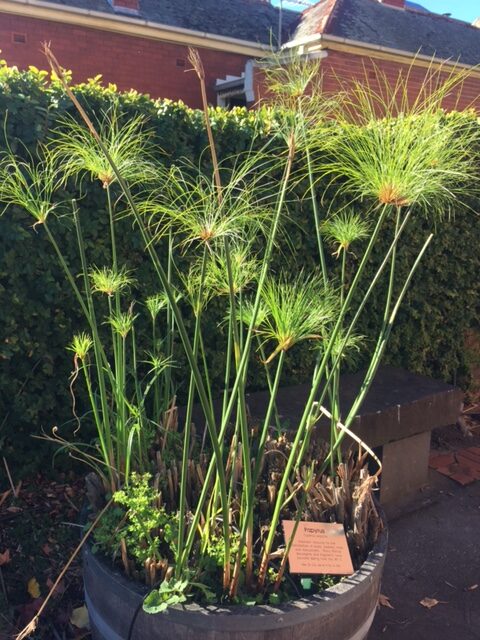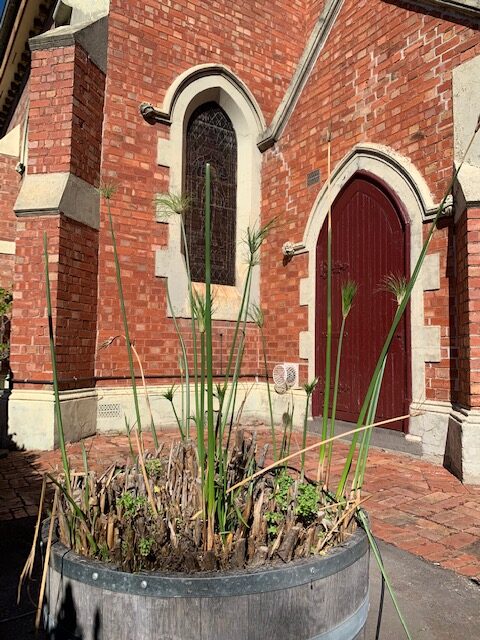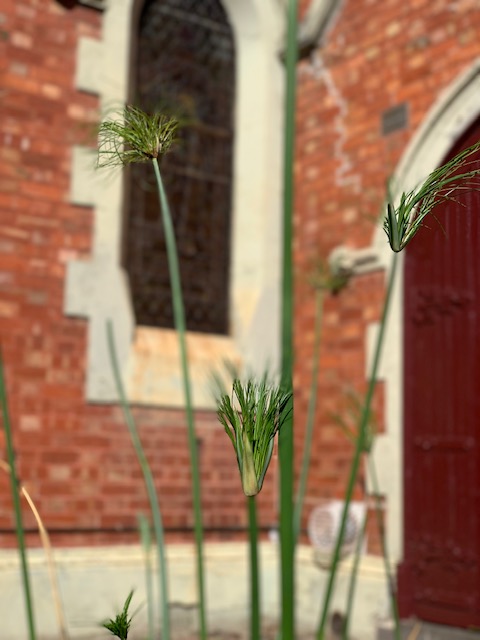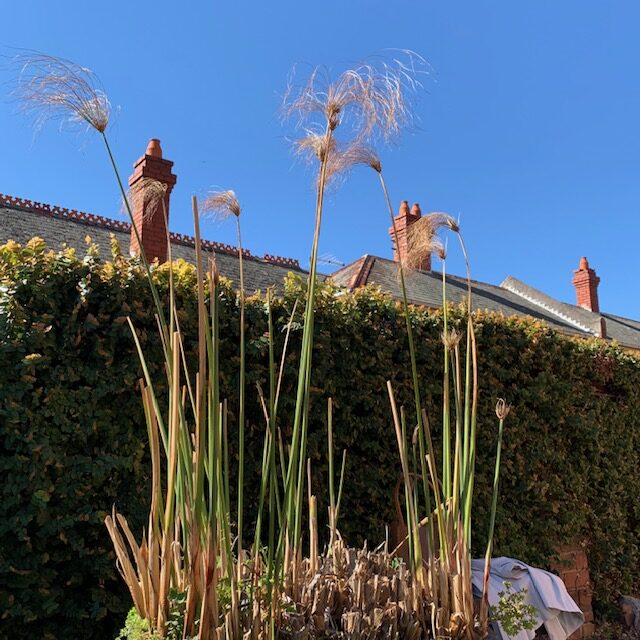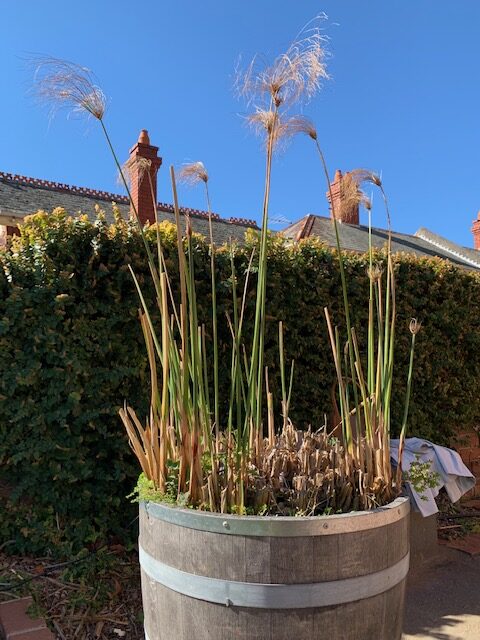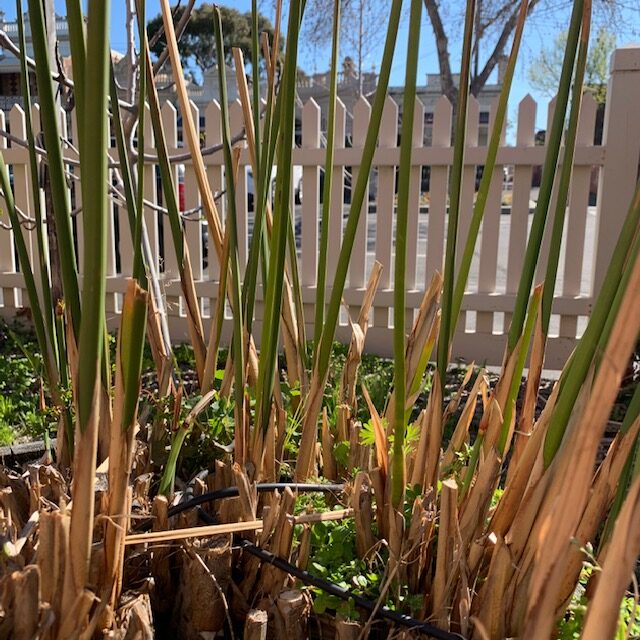Cyperus papyrus
The Papyrus, technically sedge, grows mostly in the soggy marshes in Egypt and Palestine (the Huleh swamp). Tall triangular stems are topped with a ball shaped cluster of bracts. The stems have traditionally been sliced vertically into strips and then interlaced to form papyrus paper. Many Biblical papyrus documents and fragments have survived dating from the 4thC.
The rhizome is a good source of starch and eaten raw or cooked. Papyrus has been used as a structural component in baskets, ropes, mats and small boats or skiffs. The stems contain many enclosed air cells which make it ideal for buoyancy. Larger versions of the skiffs as seen in ancient Egyptian art were made out of wood.
See Exodus 2:3; Job 8:11-13; Isaiah 18:2.
Can papyrus grow where there is no marsh? Can reeds flourish where there is no water?
Job 8:11
Reflection
The papyrus plant is a symbol of growth, vigour, youth; of all things fresh, new, green and growing. Not surprisingly it was a symbol of the lower Nile delta and many of the buildings were adorned with carvings of papyrus stems. Anyone who has grown the plant in their home garden discovers that it truly is a vigorous plant (read invasive) provided there is enough water and sunlight.
In the Job reference above, Bildad’s advice to the hapless Job insinuates his troubles are due to a lack of substance to his faith in God; he is a man of straw who can believe in God when things are going well but fails when ‘the waters dry up’. Isn’t God responsible for the water that floods the marshes and enables the papyrus to flourish or withholds the moisture and perish? So why believe in a fickle God? Job responds by agreeing that God sends both good and bad times on both the just and the unjust. God is not the problem however but rather in the end humanity cannot know the mind of God and must trust that God’s justice will prevail.
The truth of the above scenario is captured succinctly in Psalm 1:1-3. Blessing comes when we delight in the law of the Lord at all times. This water of life will ensure that the fruit comes in season and the leaves will not wither. In the desert water is life just as Living water gives life to the thirsty soul.
We can often miss the nuance that the trees in Psalm1 need to be planted near the streams so that they can access the life giving water. The positioning of the trees is strategic, not random but near the streams. Sometimes in life when there are so many demands on our time and resources we reach a point where things seem to go wrong. Our faith seems dry, and when we pray, it sounds like a 2 second prayer grab. Somehow God seems to have become distant; like Job, feeling hung out to dry and the joy of faith is not in us. For this reason scripture encourages us to regularly continue in fellowship with other believers. When we come together we are assured of the faith that is in us through the preaching of the scriptures and the life affirming ministry of the Holy Communion. We need to be strategic about being organically connected into the Church.
There are a plethora of places you can go on the web to find likeminded voices, plenty to say with little accountability just anonymity. This is not community. The Holy Trinity is the most amazing example of God’s model for community; it’s the model for all believers: three in one, one in three. The Church has the same mandate; in John 17:21 Jesus prays for all who believe in him, “that all of them may be one, Father, just as you are in me and I am in you. May they also be in us so that the world may believe that you have sent me.”
